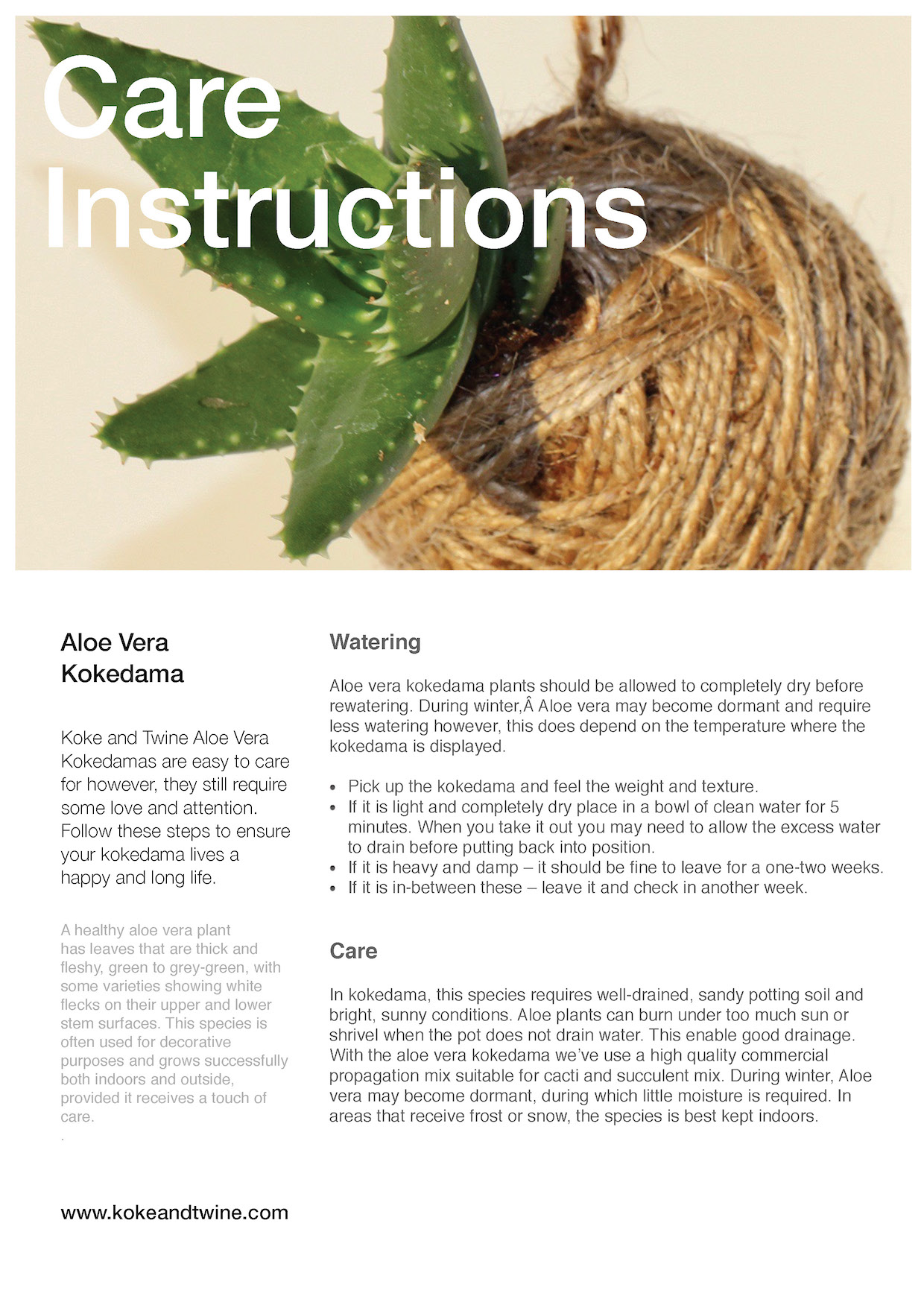

In other words, an outer layer of sphagnum moss wrapped around the phals roots combined with a hollow, or non-absorbent center, results in a dry center in the moss ball with a damp moss ball exterior. A continuously wet moss ball results in dead, rotten roots in the center of the kokedama. If the entire kokedama ball was composed of sphagnum moss the center would have a very hard time drying out. This keeps the center of the kokedama dry. Second, I recommend placing a Wiffle/pickle ball or a styrofoam ball in the center of the kokedama. Sphagnum moss – the media used to wrap the orchid’s roots – is highly absorbent. The reason kokedama works so well for phalaenopsis is two-fold.įirst, phalaenopsis orchids do not have water storage, so they like their potting media to be slightly damp – not wet. I’ve successfully potted many phalaenopsis orchids kokedama style. Why My Kokedama Method Works so Well for Phalaenopsis Orchids Some of the links on this page may be affiliate links. To display the kokedama you can hang it, or set it on a saucer or plate. Kokedama in a nutshell: traditionally, a plant’s roots are encased in a ball of soil, which is covered with a layer of moss, forming a sphere. Which basically means moss ball gardening. I’d been looking for another way to grow phalaenopsis orchids and I found it when I was introduced to kokedama, a Japanese style of gardening.


 0 kommentar(er)
0 kommentar(er)
